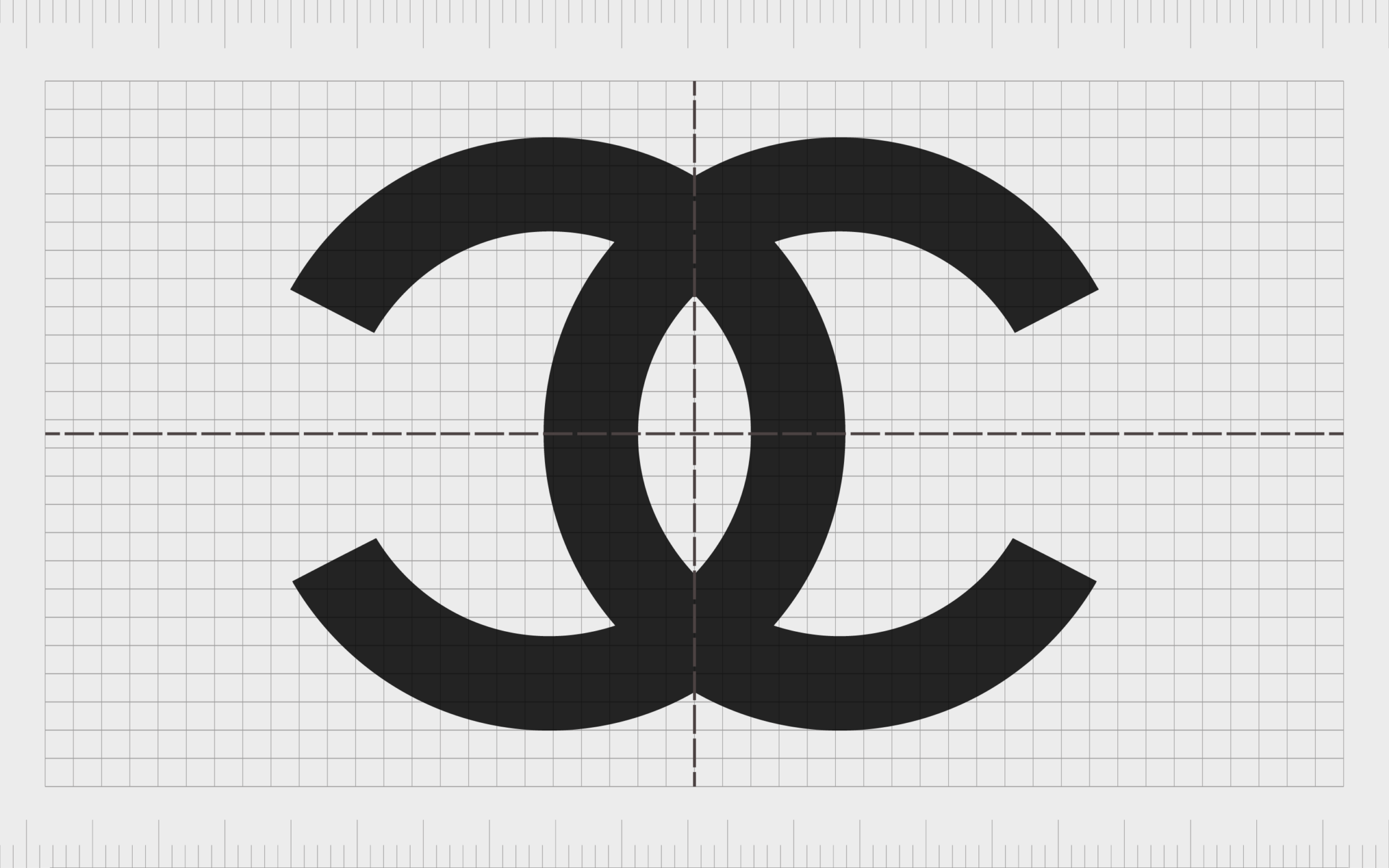Table Of Content

With any design you create, you should be thinking about the many principles of graphic design, whether contrast, unity, emphasis, or in the case of this article, balance. When visual elements radiate out of a common center point, this is called radial balance. There’s no one right way to communicate that two elements are similar or different, for example. You don’t need to follow any of these principles, although you should understand them and have a reason for breaking them. Unpredictable patterns are created, and overall you have more freedom of expression with asymmetry than with symmetry.
Why Visual Balance Is Important
It is also a great example of symmetrical balance, making this ad simple yet impactful. Proportion in design refers to the size and visual weight of two or more visual elements. Asymmetrical balance creates visual interest and adds a modern feel to the design. Visual balance doesn’t mean that every element has to be distributed with perfect symmetry.
Balance in Design Principles- Using Both Symmetry & Asymmetry
The opposite of having a balanced design is another type of balance called off-balance (also known as discordant). This is a tricky one, as it’s a beautiful mix of chaos and order. It seems to be lacking in the balance department and, at the same time giving off an appealing look. Balance in design can be achieved in different ways, one is to use shape or form.
Examples Of Symmetrical Balance
You also need to know about the different elements and techniques which can be used to create your preferred balance. That is why finding the right balance between intrigue and unease is what dissuades many designers to try to attempt creating designs with a discordant balance. And if you want to incorporate such an idea into your logo design, you need to learn how to design a logo that could use discordant balance in design to its benefit.
How to Include Balance in Web Designs
Balance, alignment, contrast, repetition, hierarchy, and unity are key to creating aesthetically pleasing and functional designs. These principles guide designers in arranging components in a way that is visually appealing and easy to understand. By applying these principles, designers ensure that every part of their work contributes to a cohesive whole. This not only enhances the beauty of a design but also boosts its functionality and effectiveness.
What is an example of balance in the principles of design?
Unity also helps ensure concepts are being communicated in a clear, cohesive fashion. Designs with good unity also appear to be more organized and of higher quality and authority than designs with poor unity. In design, however, patterns can also refer to set standards for how certain elements are designed. For example, top navigation is a design pattern that the majority of internet users have interacted with.
Go for a secondary white or grey to balance the strength of your primary color. At the same time, you want images only to take up real estate on your designs if you have a simple point to make. There is beauty in symmetry but how much of it do you really need?
Hierarchy
In the screenshot, I’ve removed the background image behind the top of the page. You might expect mosaic balance to be the least used online, especially after I offered Jackson Pollack paintings as an example of mosaic balance. It’s a good example of how radial balance doesn’t necessarily require the use of circles. There’s a sense of translation symmetry as the gold lines of text repeat in the upper left and lower right of the image, as well as in the button further down the page. The design of Helen & Hard’s entire website is symmetrically balanced.
However, many instances—a face, for example—will feature subtle differences on each side. With a commitment to quality content for the design community. Again, I hope you’ve enjoyed this series, and I hope even more that something in the series has given you more control over the visual communication in your designs.
But if you look closely, it is a great study for creating balance in design. The smudge on the left side depicts the members of the band. On the right side is a blur of what seems to be a cityscape. Both elements complement each other to bring balance to the design.

They want to see their brand in a similar (if not better) light, and only you can make that happen. Use these guidelines as an arsenal for your brand development process. Even if you’re repeating content or styles across different platforms, add some dynamism to it so that it can be easily recognized without seeming like lazy work. Want to create aesthetically pleasing marketing visuals but don’t know where to begin?
The One-Wheel Cubli: A 3D inverted pendulum that can balance with a single reaction wheel - ScienceDirect.com
The One-Wheel Cubli: A 3D inverted pendulum that can balance with a single reaction wheel.
Posted: Mon, 20 Feb 2023 20:59:08 GMT [source]
Although incredibly beautiful in its intricate rendering, it appears rigid and formularised, showing little of the creators personality. The most visually satisfying solution is to have a dominant element balanced by a minor supporting element or elements. What constitutes the “basic” principles of design is certainly up for debate. But understanding and implementing the principles covered above is vital to the success of any design project. The use of color in design is one of the most psychologically important parts of a design and has a huge influence on user experience. Color psychology and theory heavily influences some of the other principles mentioned earlier.

No comments:
Post a Comment